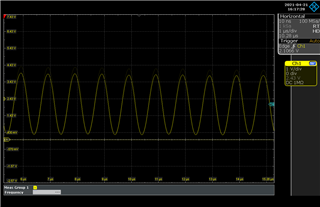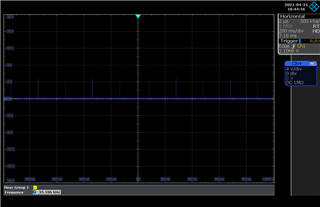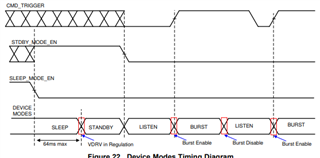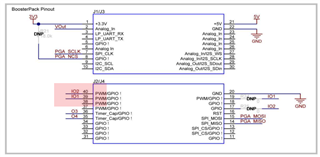Part Number: BOOST-TUSS4470
Hello guys!
I have a BOOST-TUSS4470 + MSP-EXP430F5529LP setup. My goal is to burst pulses using TUSS4470 to excite a transducer in a Pulse-Echo scheme. So it is quite important for me to have control over the excitation pulse frequency. However, I have not reached my goal using this setup so far!
I have connected the OUTA & OUTB pins of the module to an oscilloscope and tried to modify the Frequency and NO. of pulses in the GUI environment. The problem is changing the parameters in GUI does not change the output signal of the OUTA & OUTB!
Initially, I was using the transducer of the board and someone suggested that this is the reason I cannot observe any change since the transducer's resonant frequency is around 40KHz. However, I tried transducers with different resonant frequencies and the problem consisted.
But this is not the only problem I'm experiencing; exciting a transducer is commonly done with a square wave, but what we see in the output of the TUSS4470 is not even close to a square wave.
Our goal of using the TUSS4470 is to miniaturize the electronic part of our design with a small, MCU-compatible chip. I would appreciate it if you could help me with this issue and correct me if our expectation of the board is way different from what this chip is originally designed for.
Thank you,
Sajjad Mirbakht.







